
| Recorded by: Merrill Lynch on 2025-07-23
Watauga Co.
Comment: | 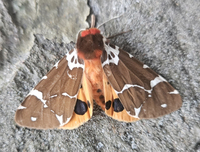
| Recorded by: ASH on 2024-07-12
Yancey Co.
Comment: MOMI - Adult |

| Recorded by: K. Bischof on 2019-08-03
Yancey Co.
Comment: | 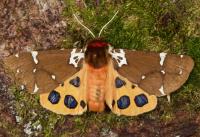
| Recorded by: Bo Sullivan on 2019-07-30
Yancey Co.
Comment: A specimen collected by Bo Sullivan in a UV trap (photographed by Jim Petranka). |

| Recorded by: K. Bischof on 2019-04-24
Yancey Co.
Comment: | 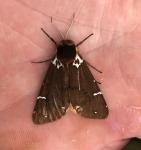
| Recorded by: B. Sullivan, K. Bischof on 2018-07-31
Yancey Co.
Comment: |

| Recorded by: B. Sullivan, K. Bischof on 2018-07-31
Yancey Co.
Comment: | 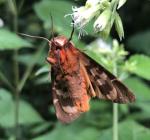
| Recorded by: B. Sullivan, K. Bischof on 2018-07-31
Yancey Co.
Comment: |
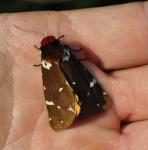
| Recorded by: K. Bischof on 2014-08-02
Yancey Co.
Comment: | 
| Recorded by: B. Belville, K. Safley on 2014-07-20
Watauga Co.
Comment: |
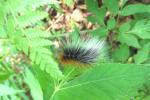
| Recorded by: B. Belville on 2014-06-02
Watauga Co.
Comment: | 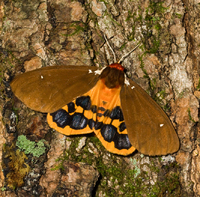
| Recorded by: Bo Sullivan, Steve Hall, and Merrill Lynch on 2012-07-26
Watauga Co.
Comment: Retrieved alive from UV trap |
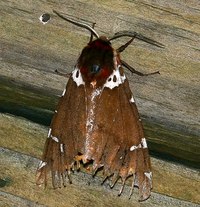
| Recorded by: Paul Scharf, B. Bockhahn, K. Kittelberger on 2012-07-26
Watauga Co.
Comment: This is the single beat up individual that showed up on Moth Night | 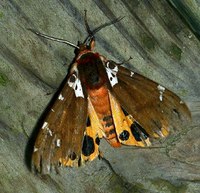
| Recorded by: Paul Scharf, B. Bockhahn, K. Kittelberger on 2012-07-26
Watauga Co.
Comment: This is the single beat up individual that showed up on Moth Night |
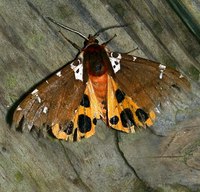
| Recorded by: Paul Scharf, B. Bockhahn, K. Kittelberger on 2012-07-26
Watauga Co.
Comment: This is the single beat up individual that showed up on Moth Night | 
| Recorded by: Doug Blatny/Jackie Nelson on 2012-07-25
Watauga Co.
Comment: |
|

 »
»



 »
»

